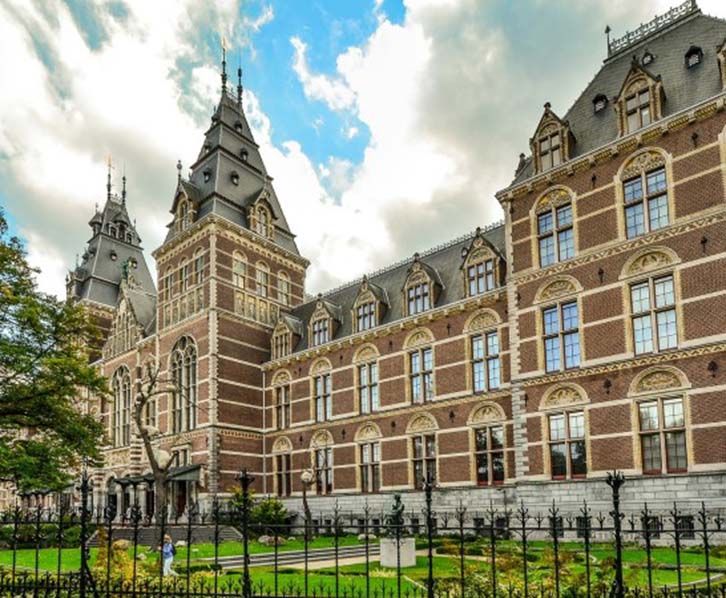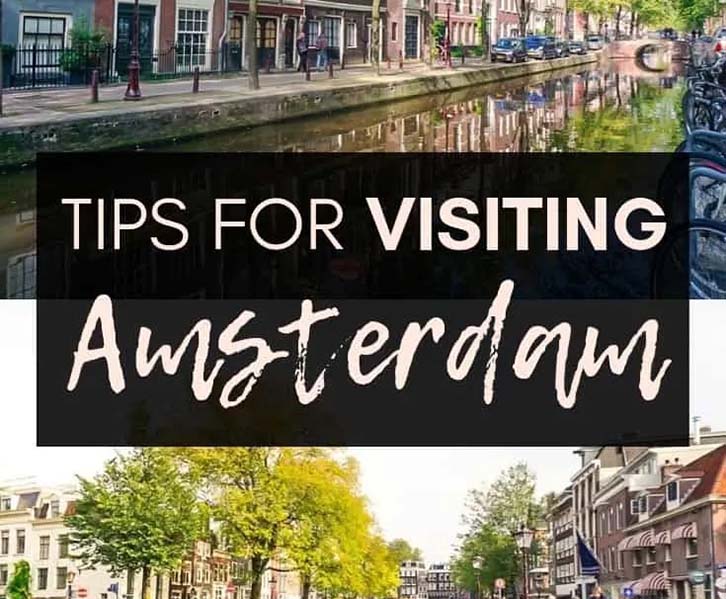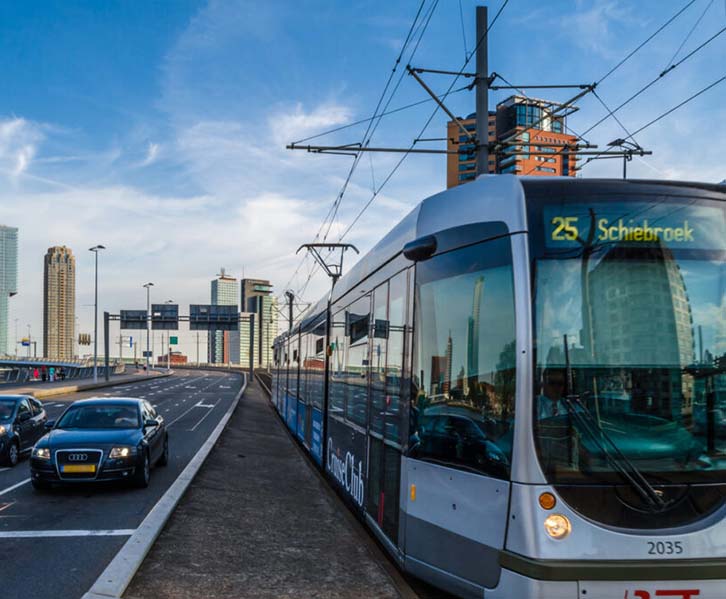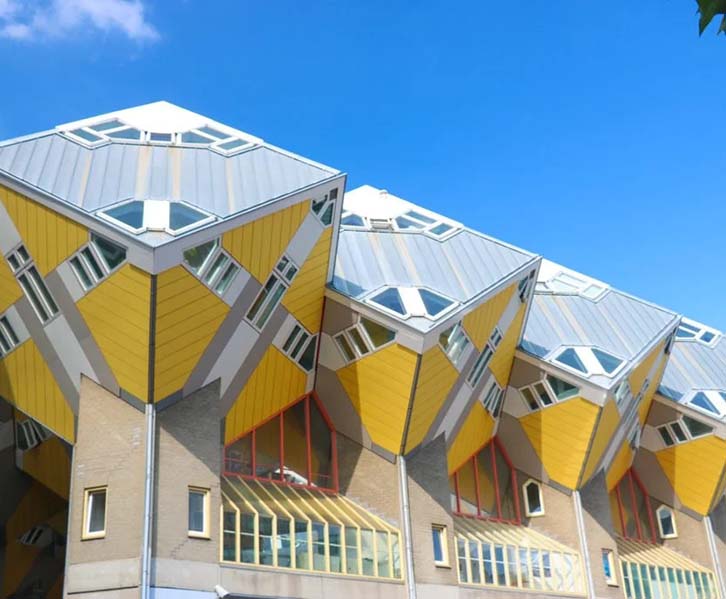Amsterdam, the capital of the Netherlands, is a city that beautifully blends historical charm with modern dynamism. Its iconic canals, rich history, and vibrant culture make it a perfect destination for travelers seeking both relaxation and adventure.
Travel Preparations
Packing Essentials
When preparing for a trip to Amsterdam, it’s important to pack smart. The weather can be quite unpredictable, so layering is key. I packed a mix of light sweaters, a waterproof jacket, comfortable walking shoes, and a few dressier outfits for evenings out. Don’t forget an umbrella – the city is known for sudden rain showers.
For my tech gear, I brought a universal power adapter, my smartphone with a local SIM card, a portable charger, and a good camera to capture the stunning scenery. I also packed a small daypack for daily excursions, which proved invaluable for carrying essentials like a water bottle, snacks, and my travel guidebook.
Appropriate Clothing
Amsterdam is a city that values practicality and style. Locals often dress in a casual yet chic manner, so I opted for comfortable jeans, stylish tops, and a good pair of walking boots. A scarf and hat are also handy, especially if you’re visiting during the cooler months. For dining out or visiting more upscale venues, a smart casual outfit will suffice.
Currency Exchange
The official currency in the Netherlands is the Euro (EUR). Before my trip, I exchanged some money to have cash on hand for small purchases and transportation. However, credit and debit cards are widely accepted, so it’s convenient to use them for most transactions. It’s also worth noting that many places prefer card payments, especially for contactless transactions.

Understanding Local Customs and Etiquette
Greetings and Politeness
The Dutch are known for their directness and politeness. Greetings are usually casual, with a handshake being the most common form of introduction. When meeting someone for the first time, it’s polite to use their title and last name until invited to use their first name.
During my stay, I found that saying “Dank u wel” (thank you) and “Alstublieft” (please) went a long way in showing respect. The Dutch appreciate punctuality, so it’s important to be on time for appointments and reservations.
Bicycling Etiquette
Amsterdam is famous for its cycling culture, and bicycles are the primary mode of transportation for many locals. It’s crucial to respect the rules of the road when biking or walking near bike lanes. Always look both ways before crossing and avoid walking in designated bike paths.
On my first day, I rented a bike to explore the city. Initially, navigating the busy streets felt overwhelming, but following the locals’ lead and observing the traffic signals helped me adapt quickly. I also learned to use hand signals for turning, which is a common practice to ensure safety.
Dining Etiquette
Dining out in Amsterdam is a delightful experience, but it’s important to be aware of local customs. Tipping is not mandatory but appreciated, typically around 5-10% of the bill. In casual eateries, rounding up the bill is also acceptable. When dining with others, it’s customary to wait until everyone is served before starting your meal.
One evening, I dined at a charming canal-side restaurant. The atmosphere was relaxed, and I noticed that the locals took their time to enjoy their meals and conversations. This slow dining culture allowed me to savor each course and engage in meaningful conversations with fellow diners.
Personal Experiences with Local Etiquette
A Warm Welcome
Upon my arrival, I stayed at a quaint bed and breakfast in the Jordaan district. The hosts were incredibly welcoming and provided me with a map and recommendations for exploring the area. Their hospitality made me feel at home, and they even invited me to join them for a traditional Dutch breakfast, which included delicious cheeses, bread, and herring.
Market Adventures
Visiting the local markets was a highlight of my trip. At the Albert Cuyp Market, I practiced my Dutch greetings and engaged with vendors. One cheese vendor appreciated my effort to speak Dutch and offered me samples of various cheeses, which led to a delightful conversation about the different types and their origins.
Museum Etiquette
Amsterdam is home to numerous world-class museums, and it’s essential to follow etiquette when visiting these cultural treasures. I spent an afternoon at the Rijksmuseum, where I was mindful of speaking softly and not using flash photography. The museum staff were friendly and helpful, enhancing my experience with their knowledge and enthusiasm.
Must-Visit Attractions
1. Rijksmuseum
The Rijksmuseum is a must-visit for art and history enthusiasts. It houses an extensive collection of Dutch art, including masterpieces by Rembrandt, Vermeer, and Van Gogh. The museum’s impressive architecture and beautifully landscaped gardens add to its charm.
Getting There
The Rijksmuseum is conveniently located in the Museumplein area. You can reach it by tram (lines 2, 5, and 12) or by bike. If you’re coming from the city center, it’s a pleasant 20-minute walk.

Tips
– Purchase tickets online in advance to avoid long queues.
– Plan to spend at least three hours exploring the museum.
– Don’t miss the Night Watch by Rembrandt, one of the museum’s most famous pieces.
2. Anne Frank House
The Anne Frank House is a poignant and moving museum dedicated to the life of Anne Frank, a Jewish girl who hid from the Nazis during World War II. The museum is located in the building where Anne and her family hid, and it offers a powerful insight into their lives.
Getting There
The Anne Frank House is situated in the Jordaan district, easily accessible by tram (lines 13, 14, and 17) or bus (lines 170, 172, and 174). It’s also within walking distance from Dam Square.
Tips
– Book your tickets online as they sell out quickly.
– Allocate at least an hour for your visit to fully appreciate the exhibits.
– Be prepared for a somber experience, and respect the solemn nature of the site.
3. Vondelpark
Vondelpark is Amsterdam’s largest and most famous park, perfect for a leisurely stroll, picnic, or bike ride. The park is a green oasis in the heart of the city, offering serene landscapes, beautiful ponds, and vibrant flower gardens.
Getting There
Vondelpark is located near the Museumplein and can be reached by tram (lines 1, 2, and 3) or bike. It’s also a short walk from Leidseplein.
Tips
– Rent a bike to explore the park like a local.
– Visit the Vondelpark Open Air Theatre for free performances during the summer.
– Pack a picnic and enjoy a relaxing afternoon by one of the ponds.
4. Canal Cruise
No trip to Amsterdam is complete without experiencing its famous canals. A canal cruise offers a unique perspective of the city and its stunning architecture. There are various types of cruises available, from daytime sightseeing tours to romantic evening cruises.
Getting There
Canal cruises depart from multiple locations throughout the city, including Central Station and Damrak. Most tour operators are within walking distance from major attractions.
Tips
– Choose an evening cruise to see the city beautifully illuminated.
– Consider a small boat tour for a more intimate experience.
– Bring a jacket, as it can get chilly on the water, especially in the evening.
Local Experiences and Cultural Insights
Amsterdam’s Festivals
Amsterdam hosts numerous festivals throughout the year, celebrating everything from music and film to food and culture. During my visit, I was fortunate to experience the Amsterdam Light Festival, a spectacular event that transforms the city into an open-air gallery of light installations.
Tips for Festival-Goers
Check the festival schedule in advance to plan your visit around events that interest you.
Book tickets early, especially for popular events, to avoid disappointment.
Dress warmly if you’re attending outdoor festivals during the colder months.
Coffee Shop Culture
Amsterdam is famous for its coffee shops, where cannabis is sold legally. These establishments are distinct from traditional cafes, known locally as “koffiehuizen.” Visiting a coffee shop can be an interesting cultural experience, but it’s important to follow the rules and respect local customs.

Tips for Visiting Coffee Shops
Only purchase and consume cannabis within the coffee shop premises.
Avoid overindulgence, especially if you’re inexperienced.
Be aware of the difference between a coffee shop and a cafe to avoid confusion.
Dutch Cuisine
Exploring local cuisine is a highlight of any trip, and Amsterdam offers a variety of traditional Dutch dishes to savor. From hearty comfort foods to sweet treats, here are a few must-try items:
Stroopwafels: Thin waffle cookies filled with caramel syrup, best enjoyed with a cup of coffee.
Haring: Raw herring, often served with onions and pickles, available at street vendors throughout the city.
Bitterballen: Deep-fried meatballs typically served with mustard, a popular snack in bars and cafes.
Poffertjes: Small, fluffy pancakes dusted with powdered sugar, a delightful treat found at markets and festivals.

Recommendations for Accommodation
Amsterdam offers a wide range of accommodation options, from budget-friendly hostels to luxurious hotels. Here are a few recommendations based on my experience:
Budget: The Flying Pig Downtown
Located near Central Station, The Flying Pig Downtown is a popular choice for budget travelers. It offers a vibrant atmosphere, clean rooms, and a lively bar where you can meet fellow travelers.
Mid-Range: Hotel JL No76
Hotel JL No76, situated near the Museumplein, provides a comfortable and stylish stay at a reasonable price. The rooms are well-appointed, and the hotel’s location is perfect for exploring the city’s major attractions.
Luxury: Waldorf Astoria Amsterdam
For those seeking luxury, the Waldorf Astoria Amsterdam offers an unparalleled experience. Housed in a collection of historic canal houses, the hotel features elegant rooms, a spa, and a Michelin-starred restaurant. Its prime location along the Herengracht canal makes it a perfect base for exploring the city.
Practical Tips for Traveling in Amsterdam
Public Transportation
Tips
Purchase an OV-chipkaart for easy access to all forms of public transport.
Consider buying a day pass or multi-day pass if you plan to use public transport frequently.
Use the 9292 app or website to plan your routes and check schedules.
Safety
Amsterdam is generally a safe city, but it’s always wise to take precautions.
Keep an eye on your belongings, especially in crowded areas and on public transport.
Be aware of your surroundings when walking or cycling, particularly in busy intersections and bike lanes.
Avoid walking alone late at night in unfamiliar areas.
While Dutch is the official language, most locals speak excellent English and are happy to assist tourists.
Learn a few basic Dutch phrases as a courtesy; it can enhance your interactions with locals.
Don’t hesitate to ask for help or directions in English if needed.
Amsterdam’s unique blend of history, culture, and modernity makes it a city like no other. From the iconic canals and world-class museums to the vibrant neighborhoods and hidden gems, every corner of the city offers something new to discover. My journey through Amsterdam was filled with unforgettable experiences, friendly encounters, and a deeper appreciation for Dutch culture and hospitality.
Whether you’re planning your first visit or returning for another adventure, I hope this blog provides you with valuable insights and inspiration for your trip.




